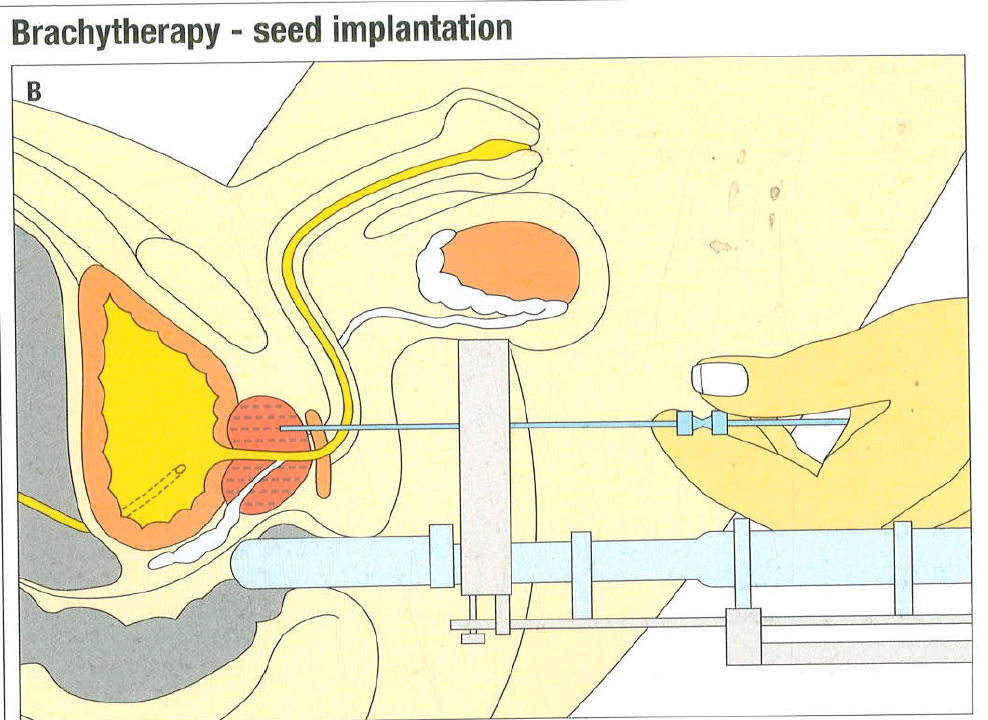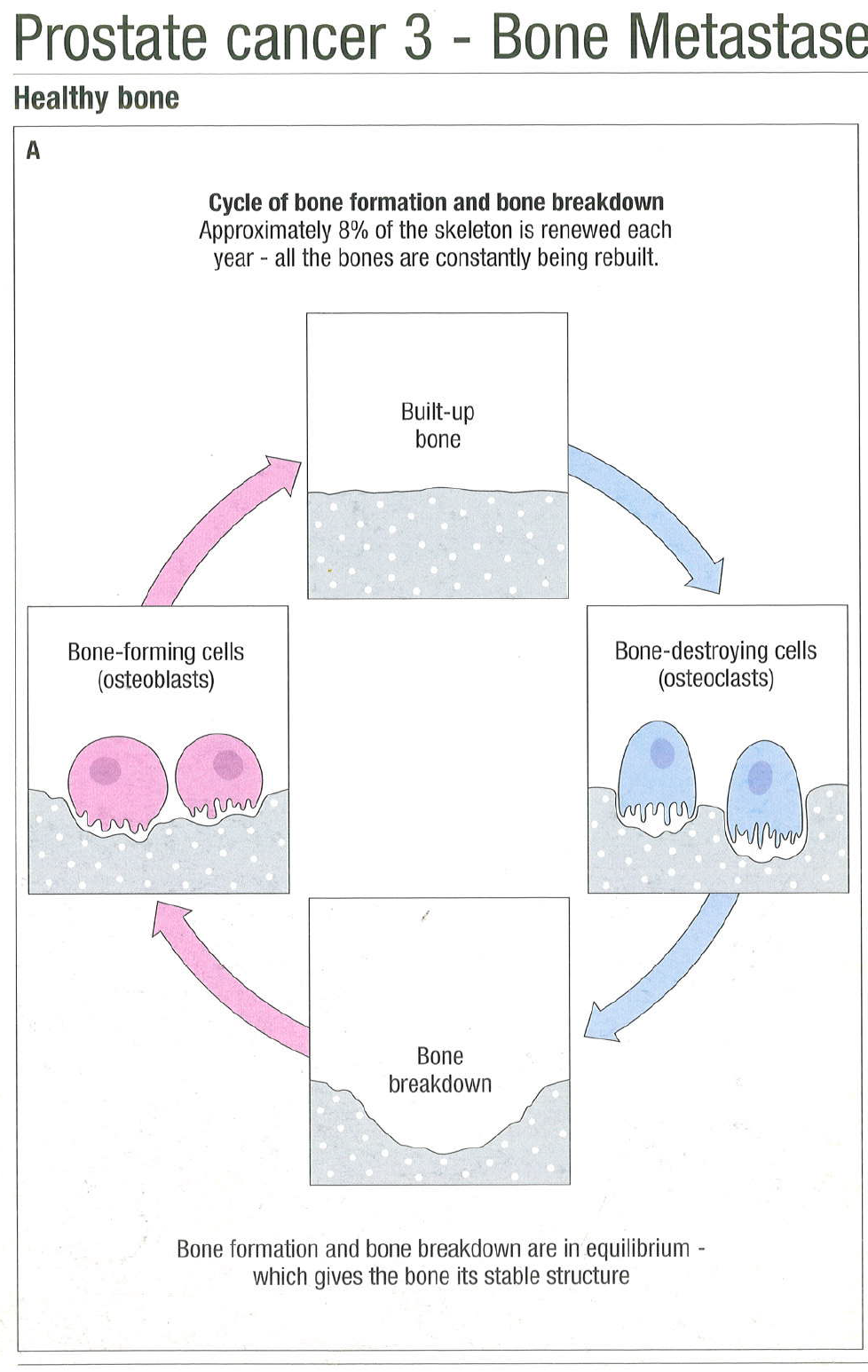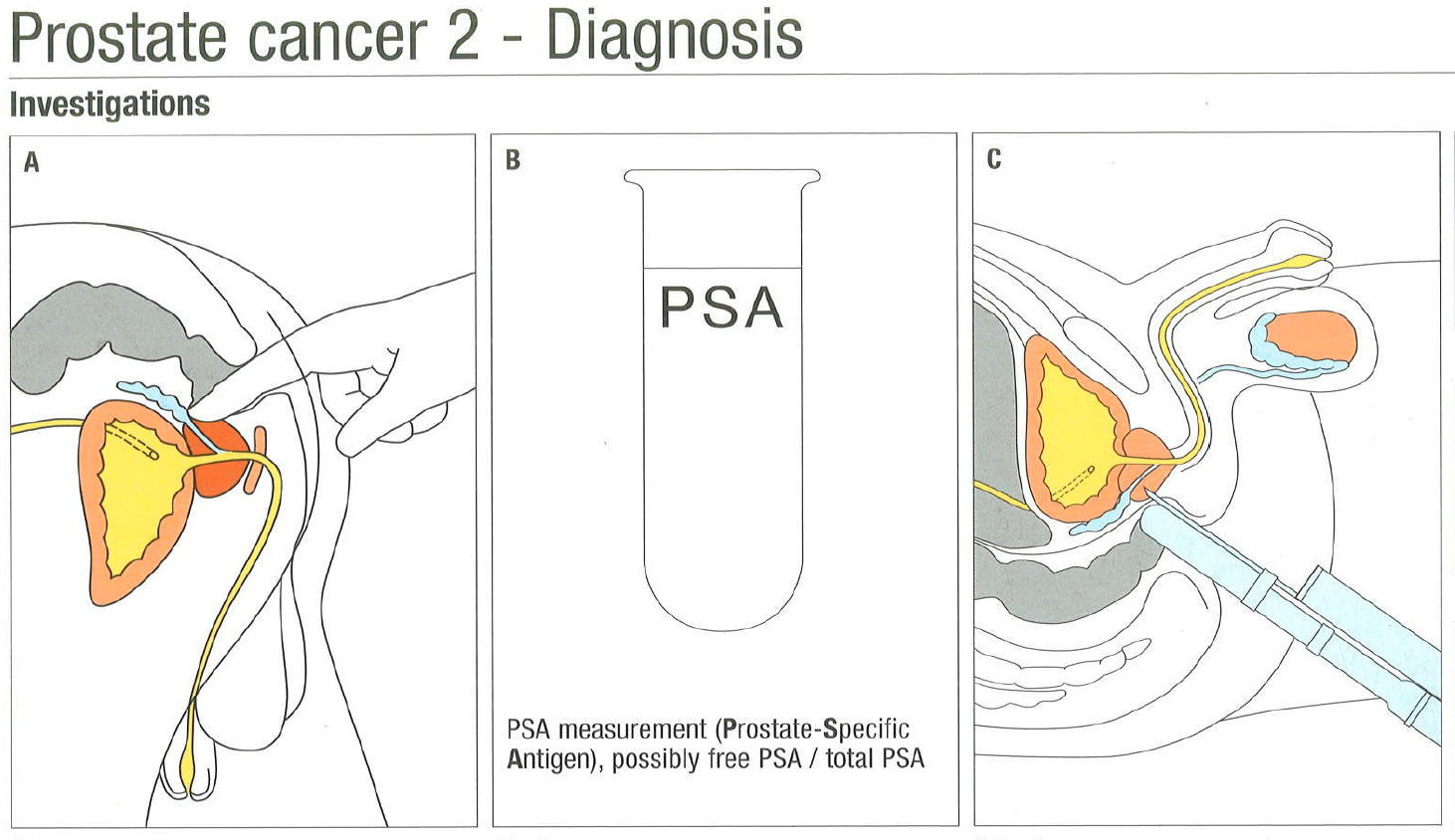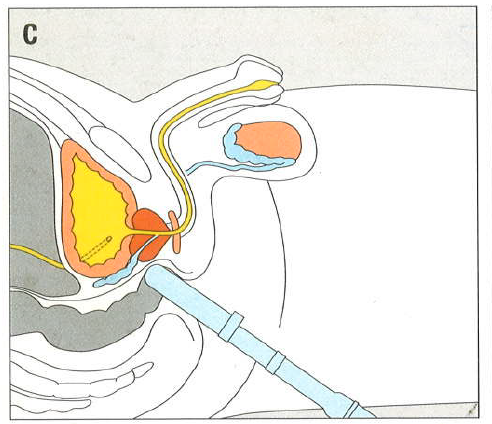 Cancers of the prostate gland is the commonest amongst urological cancers. Usually happens with aging population but of late detected increasingly amongst men in their 40’s and 50’s. Increasingly seen in Indian men as well, perhaps related to progressive westernisation.
Cancers of the prostate gland is the commonest amongst urological cancers. Usually happens with aging population but of late detected increasingly amongst men in their 40’s and 50’s. Increasingly seen in Indian men as well, perhaps related to progressive westernisation.
It is a cancer fully treatable when picked up early with excellent functional outcomes and hence early detection is a key. However , even when detected at a later stage good treatment options are available for controlling the disease.
PSA , a simple blood test is used as a screening tool for patients with prostate cancer aiding both in diagnosis and follow up. Whilst it is not a completely fool proof test, it is the best we have at this time. Adding value to this is a digital rectal examination by a urologist.
If PSA and \ or examination is abnormal , patients are advised to undergoscans such as MRI / PSMA PET scan and prostatic biopsy. It is an invasive test performed by a urologist where cores of prostatic tissue taken with a help of a needle , guided by a ultrasound scanner through the rectum ( back passage).
Once again , this test is not completely fool-proof. Hence a comprehensive review by a urological surgeon is essential in gu iding patients through this journey.
iding patients through this journey.
Once diagnosed, patient is counselled regarding the various treatment options depending upon the stage and grade of the disease. Some patients will require combinations of treatment to achieve optimal control of the cancer.
One of the treatments is Radical prostatectomy where the whole prostate along with the structures attached to it are removed . The urinary bladder is then joined to the urethra(water pipe). This operation can be done as Robotic or by laparoscopic or by open method. The urological surgeon will guide you as the best method depending on various factors.
Postoperatively majority of the patients are fit for discharge by the next day. A urinary catheter, which is fitted at the end of the operation is ready for removal on day as decided by your surgeon. Subsequent to the removal , patient notices two common side effects – incontinence of urine and impotence.
 Incontinence improves with time and is accelerated by effective pelvic floor exercises. It is best taught by a doctor and a physiotherapist.
Incontinence improves with time and is accelerated by effective pelvic floor exercises. It is best taught by a doctor and a physiotherapist.
Impotence improves with time aided by preservation of nerves during the operation as well as post operative usage of medications. It is best to consult the treating urological surgeon who will guide you.
The patient also requires regular follow up with the urological surgeon for 5 to 10 years in order to identify problems early and treat them.


